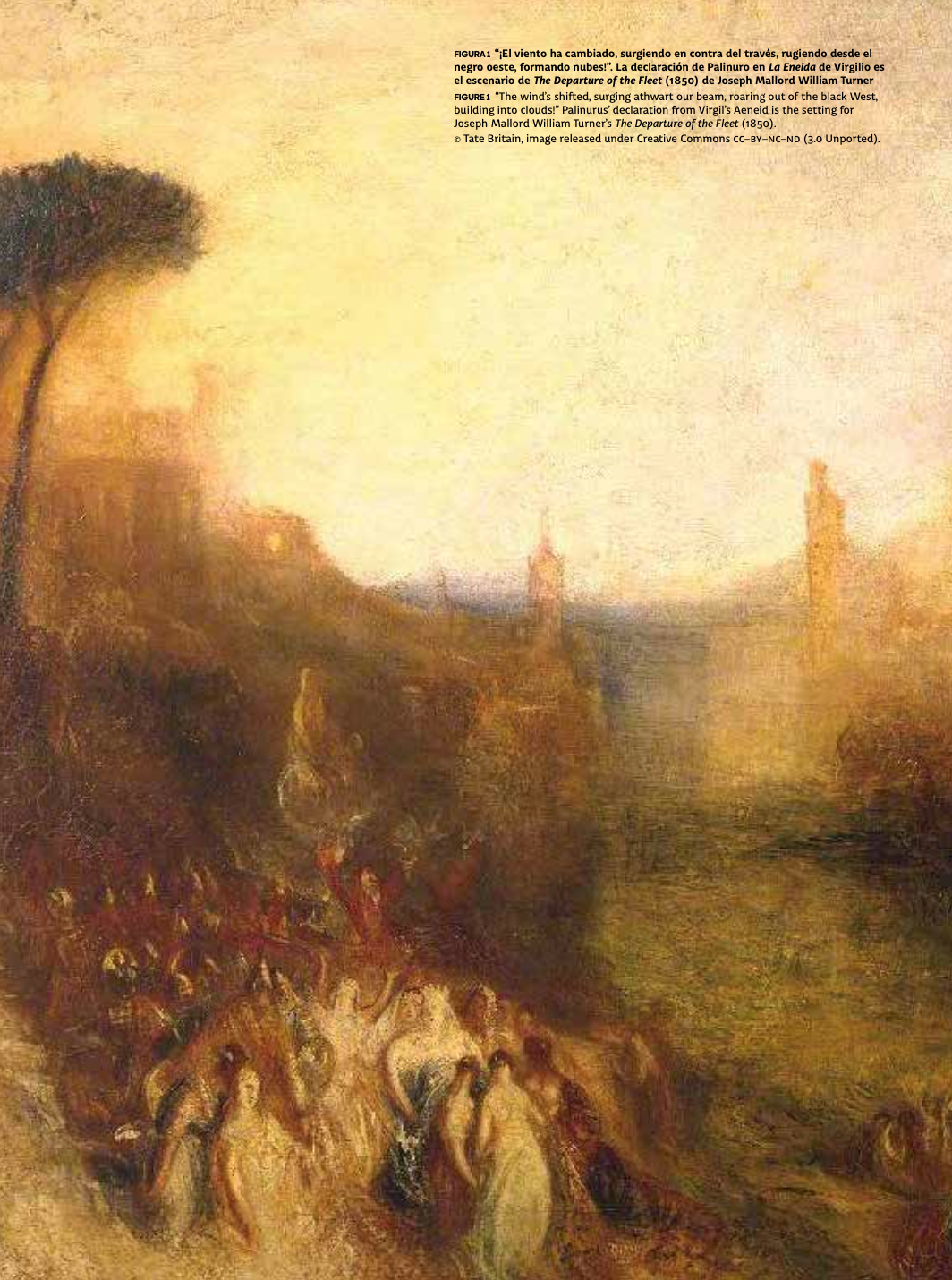From Aër Concretus to Aerism: Reading and Building Architectural Histories of Air and the Environment in Eighteenth-Century France
Article Sidebar

Keywords:
Main Article Content
Abstract
In eighteenth-century France, a group of texts revealed air as a literary artifact that came to life on the printed page and conditioned the design of buildings, towns, and landscapes. These texts were part of a culture of aerism that looked to air and other environmental conditions as a source of disease. Air was modified and rethought to suit the agendas of readers and other audiences invested in the relationship between human health and climate. This is to say that air was a modernizing substance and committing its history to words and books anticipated not only nineteenth-century ideas about hygiene but also created an architectural history of air that unmoors our understandings of architectural modernity and situates it within a larger, more diffuse field of textual and cultural practices.
Article Details

This work is licensed under a Creative Commons Attribution-NonCommercial 4.0 International License.
Materia Arquitectura provides immediate and free access to all the content of this online edition, published simultaneously with the print edition.
Materia Arquitectura does not charge authors for any concept.
All contents of this electronic edition are distributed under the Creative Commons license of "Attribución-shareAlike 4.0 Internacional" (CC-BY-SA).
The rights of the published texts and images belong to their authors, who grant Materia Arquitectura the license for their use. The management of the permits and the authorization of the publication of the images (or of any material) that contains copyright and its consequent rights of reproduction in this publication is the sole responsibility of the authors of the articles.
As long as they mention their origin, the authors are free to distribute their articles by other means. Any total or partial reproduction of the material must mention its origin.
Downloads
References
Arendt, H. (1995). De la historia a la acción (F. Birulés, Trad.). Paidós.
Aisenberg, A. R. (1999). Contagion: Disease, government, and the ‘social question’ in nineteenth-century France. Stanford University Press.
Arcet, J.-P.-J. d’. (1843). Des rapports de distances qu’il est utile de maintenir entre les fabriques insalubres et les habitations qui les entourent. Annales d’hygiène publique et de médecine légale, 30(1), 321–328.
Barles, S. (2013). La ville délétère: Médecins et ingénieurs dans l’espace urbain (XVIII–XIX siècles). Champ Vallon.
Barnes, D. S. (2006). The great stink of Paris and the nineteenth-century struggle against filth and germs. The Johns Hopkins University Press.
Barret Kriegel, B. (1976). L’hôpital comme équipement. En M. Foucault (Ed.), Les machines à guérir: Aux origines de l’hôpital moderne (pp. 23–42). Institut de l’environnement.
Barthelet de Barbot, P.-M. (1783). Topographie médicale de Lyon et de son territoire. Lyon.
Berguin, F. (1976). La machine à guérir. En M. Foucault (Ed.), Les machines à guérir: Aux origines de l’hôpital moderne (pp. 55–70). Institut de l’environnement.
Bourdelais, P. (Ed.). (2001). Les hygiénistes: Enjeux, modèles et pratiques (XVIII–XX siècles). Belin.
Canguilhem, G. (2001). The living and its milieu (J. Savage, Trad.). Grey Room, 3, 6–31.
Chartier, R. (1987). The culture of print: Power and the uses of print in early modern Europe. Princeton University Press.